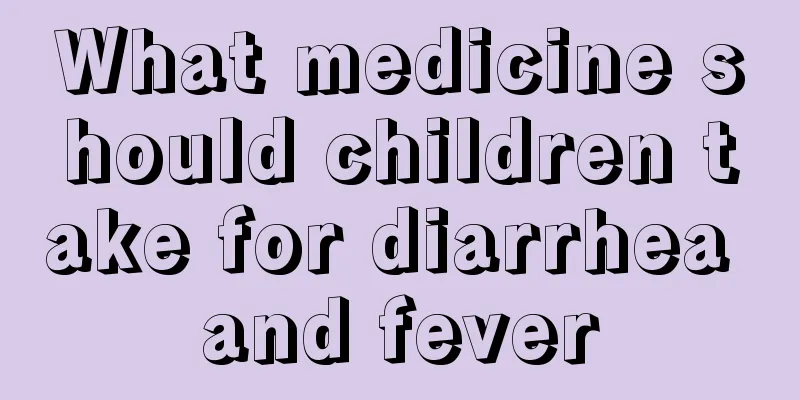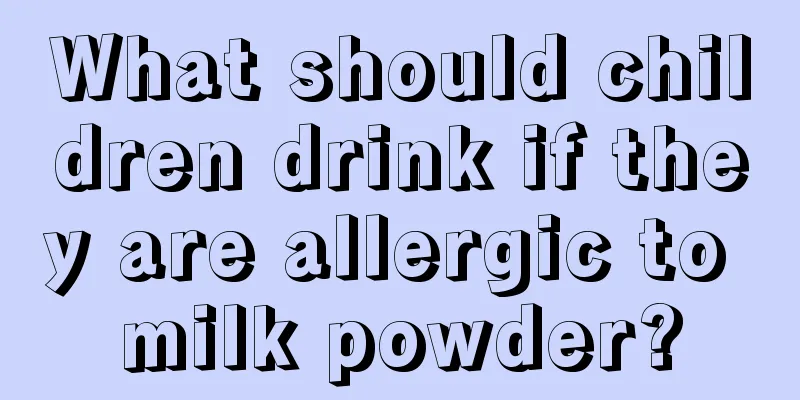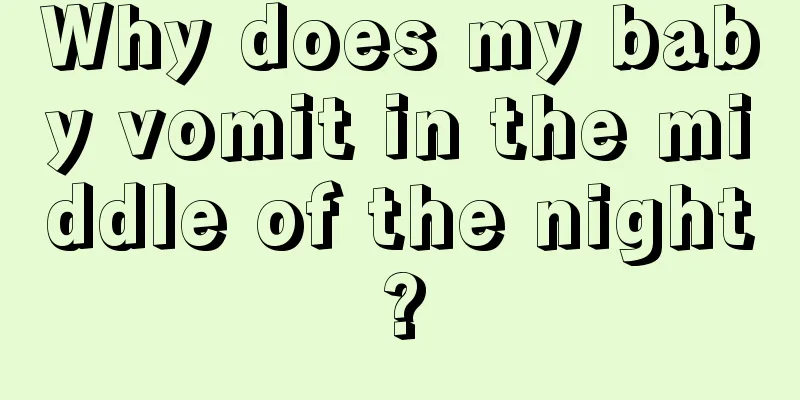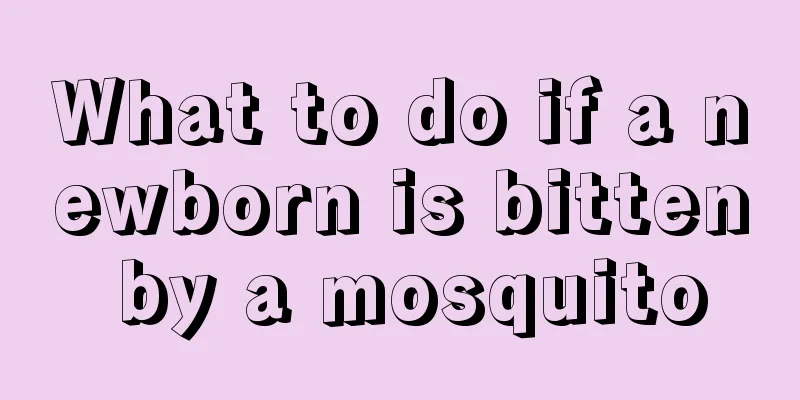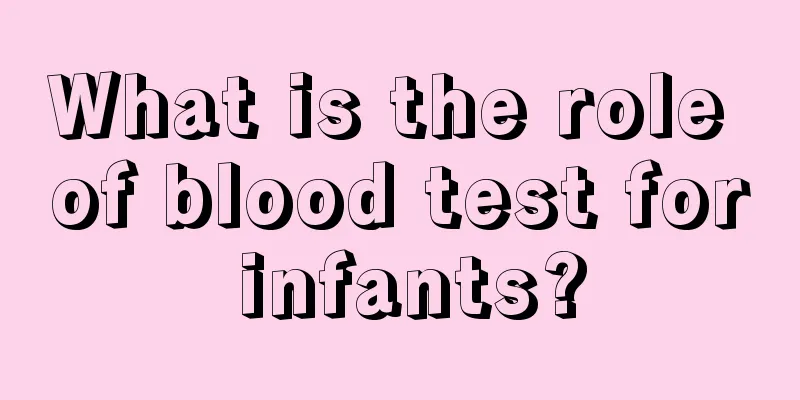What to do if your child has bloating and vomiting
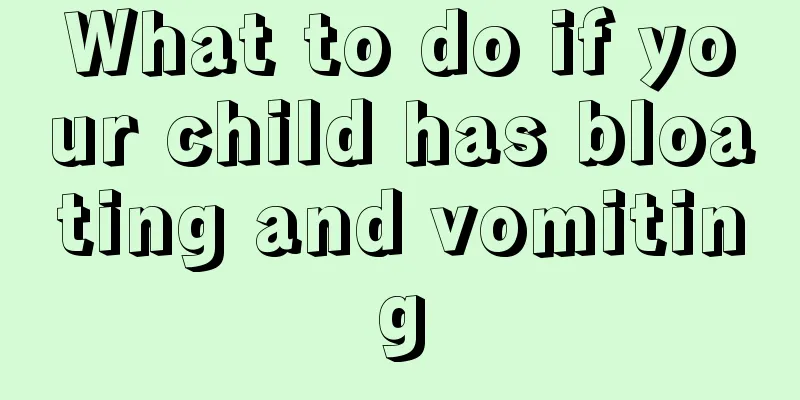
|
Children's gastrointestinal development is not yet complete, so they are prone to indigestion. What should I do if my child has bloating, gas and vomiting? Experts say that when a baby has bloating and vomiting, the first thing to consider is whether he has caught a cold, and the second thing to be alert to is the presence of inflammation. If the pain is around the navel, you should also consider whether there is an infection with roundworms. It is very common for children to suffer from indigestion, so mothers should pay attention to observation. Classification of children's bloating and vomiting: 1. Physiological vomiting: It is mostly caused by improper feeding methods, such as feeding too much, too quickly, or feeding while the baby is crying. Vomiting is caused by swallowing too much air, which can be relieved by changing the feeding method. 2. Reflex vomiting: First feel nauseous, then vomit frequently, with yellow bile mixed in the vomit. It is common in pneumonia, sepsis, hepatitis and organic lesions of other abdominal organs. 3. Obstructive vomiting: The child may experience paroxysmal crying and restlessness, and may also have vomiting, abdominal pain, abdominal distension, abdominal masses, and jam-like bloody stools. These are symptoms of intussusception and require prompt medical attention. 4. Projectile vomiting: The gastric contents are ejected rapidly and forcefully from the mouth. After vomiting, the child continues to cry or become drowsy and does not want to feed or eat. This is mostly caused by central nervous system diseases such as encephalitis, meningitis, brain abscess, and cerebral hemorrhage. 5. Gastrointestinal vomiting: often caused by gastrointestinal infection, indigestion, gastrointestinal spasm, etc., accompanied by crying and restlessness. At this time, food poisoning should also be considered, and immediate diagnosis and treatment should be given if necessary. 6. Vomiting caused by congenital malformation of digestive tract: If vomiting occurs immediately after feeding, and the vomitus is milk and mucus, it may be esophageal atresia or gastric pyloric atresia. Frequent vomiting one day after birth, with yellow-green bile as the vomitus, obvious abdominal distension, and no meconium, should be considered for anal atresia or rectal atresia. In addition, vomiting caused by various diseases, such as pharyngitis, tonsillitis, and coughing, can cause vomiting due to local irritation. When the primary lesion is cured, vomiting will naturally ease. Experts say that children's bloating and vomiting are manifestations of weak digestive function, which is mainly related to diet! Suggestions: If you are too young, just eat a simple diet! Massage the abdomen, and then don't eat before going to bed, you can use some Mommy Love. This situation is considered to be caused by indigestion. It is recommended to use children's chicken gizzard lining for treatment. Guidance: Feed on time and advocate small meals and frequent feeding methods. You can often massage the child's abdomen to promote digestion and improve gastrointestinal function. |
<<: How can infants and young children eat walnut oil more healthily
>>: What are the symptoms of hypoxia in the baby's brain?
Recommend
Methods of acupuncture points massage for children with colds
Children's colds are a problem we often encou...
Will pinching your baby's face cause him to drool?
For babies under one year old, their nervous syst...
How long after taking medicine can the child drink milk?
As we all know, milk has many benefits to the hum...
What should I do if my child licks his lips and a red circle appears around them?
If children have redness and swelling around thei...
What are the symptoms of acute meningitis in children?
Pediatric meningitis is also called meninges. Gen...
What to do if your child has a white tongue coating
Recently, many children have white tongue coating...
Why do babies move when they sleep?
For newborn babies, they don’t know much about ma...
What to do if a child has a fever or diarrhea
Many babies will suffer from diarrhea when they h...
What to do if the baby keeps having diarrhea
Diarrhea is a common illness in infants. What sho...
Symptoms of bronchopneumonia in children
Bronchopneumonia is a common disease in children,...
Methods for detecting precocious puberty in children
If your child suffers from precocious puberty, yo...
Children have a lot of eye mucus due to cold
It is a very common situation in daily life for c...
What's the matter with my three-month-old baby having green poop all the time?
The baby's excretion is a very important heal...
How old should a child be when fed formula milk?
Children can drink formula milk until they are ab...
What season is eczema most likely to occur?
Eczema is a very common skin disease. Its main sy...

